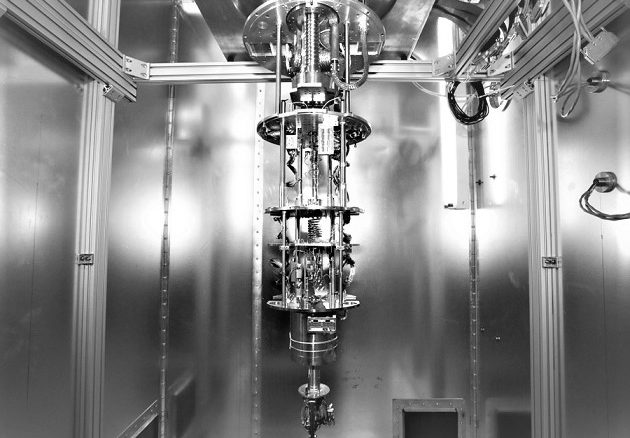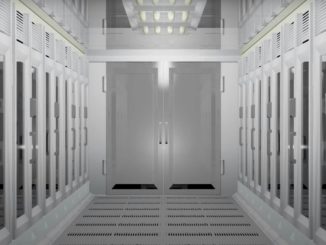
The relationship between quantum computers and supercomputing will be more complementary than competitive in the coming years with quantum processors being the offload engines for some key workloads in materials science and other areas.
We have already talked about the future of quantum simulation from several angles over the last few years and are adding another milestone that highlights the interplay between classical and quantum systems. This week D-Wave demonstrated a programmable, large-scale, and high fidelity simulation of an exotic phase of matter (harkening back to this 2016 Nobel winning discovery).
The use of new annealing controls in the most recent D-Wave 2000Q processor were key to the simulation as the team could program a diverse set of states of matter into the processor, marking an improvement in doing the same research with classical materials science methods.
“We will soon be in a situation where quantum processors will be used as co-processors in simulations and hybrid algorithms. We have shown a new technique where we can make a chain of computations by putting a classical input state into the quantum processor and performing a quantum evolution on it. This will be the building block of hybrid classical algorithms coming in the next few years,” Andrew King, PI for the research at D-Wave, tells The Next Platform.
As we noted following a conversation with D-Wave CEO, Vern Brownell after another example of quantum simulation work and in our ongoing analysis of use cases for quantum systems over the last several years (include a range of optimization and routing problems for companies like Volkswagen) the real proof of quantum’s potential prowess lies in exacting results from quantum simulations—namely quantum monte carlo based problems as the most recent work (described here in Nature) highlights.
It is in this spectrum where classical computers will run out of steam, hitting a scalability wall and maxing out energy costs and time to result—and where the real opportunity lies for D-Wave, assuming at least that the applications in materials science, machine learning, drug discovery, fraud detection, and other promising areas are attractive enough in quantum to get people to rethink the decades of work they’ve done on traditional systems.
D-Wave demonstrated a large-scale quantum simulation of the Kosterlitz–Thouless phase transition phenomenon in a network of 1,800 in-situ programmable superconducting niobium flux qubits whose pairwise couplings are arranged in a fully frustrated square-octagonal lattice.
They were able to observe the emergence of a complex order parameter with continuous rotational symmetry, and the onset of quasi-long-range order as the system approaches a critical temperature using a simple approach to statistical estimation using the D-Wave 2000Q annealing-based quantum processor that performs Monte Carlo sampling in a chain of reverse quantum annealing protocols.
“D-Wave’s quantum simulation of the Kosterlitz-Thouless transition is an exciting result. It not only contributes to our understanding of important problems in quantum magnetism, but also demonstrates solving a computationally hard problem with a novel and efficient mapping of the spin system, requiring only a limited number of qubits and opening new possibilities for solving a broader range of applications,” said Dr. John Sarrao, principal associate director for science, technology, and engineering at Los Alamos National Laboratory.
The work represents D-Wave’s prototype applications program which span optimization, machine learning, quantum material science, cybersecurity, and more and represent the road ahead for hybrid and standalone algorithms.





Be the first to comment